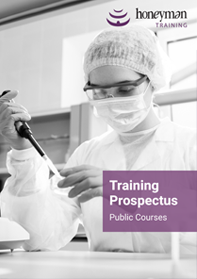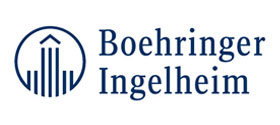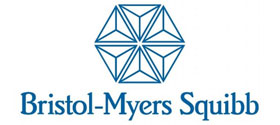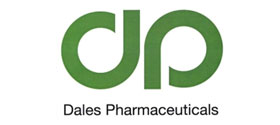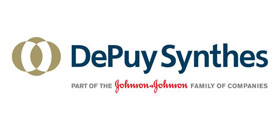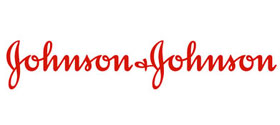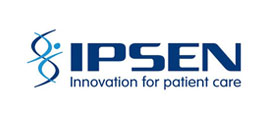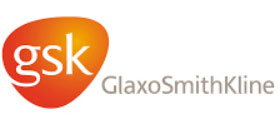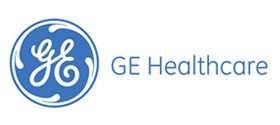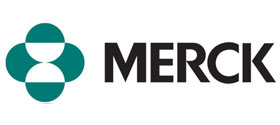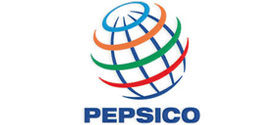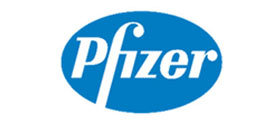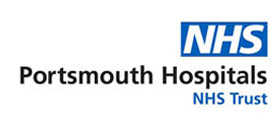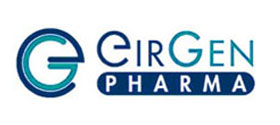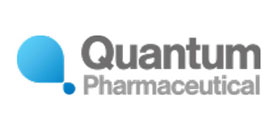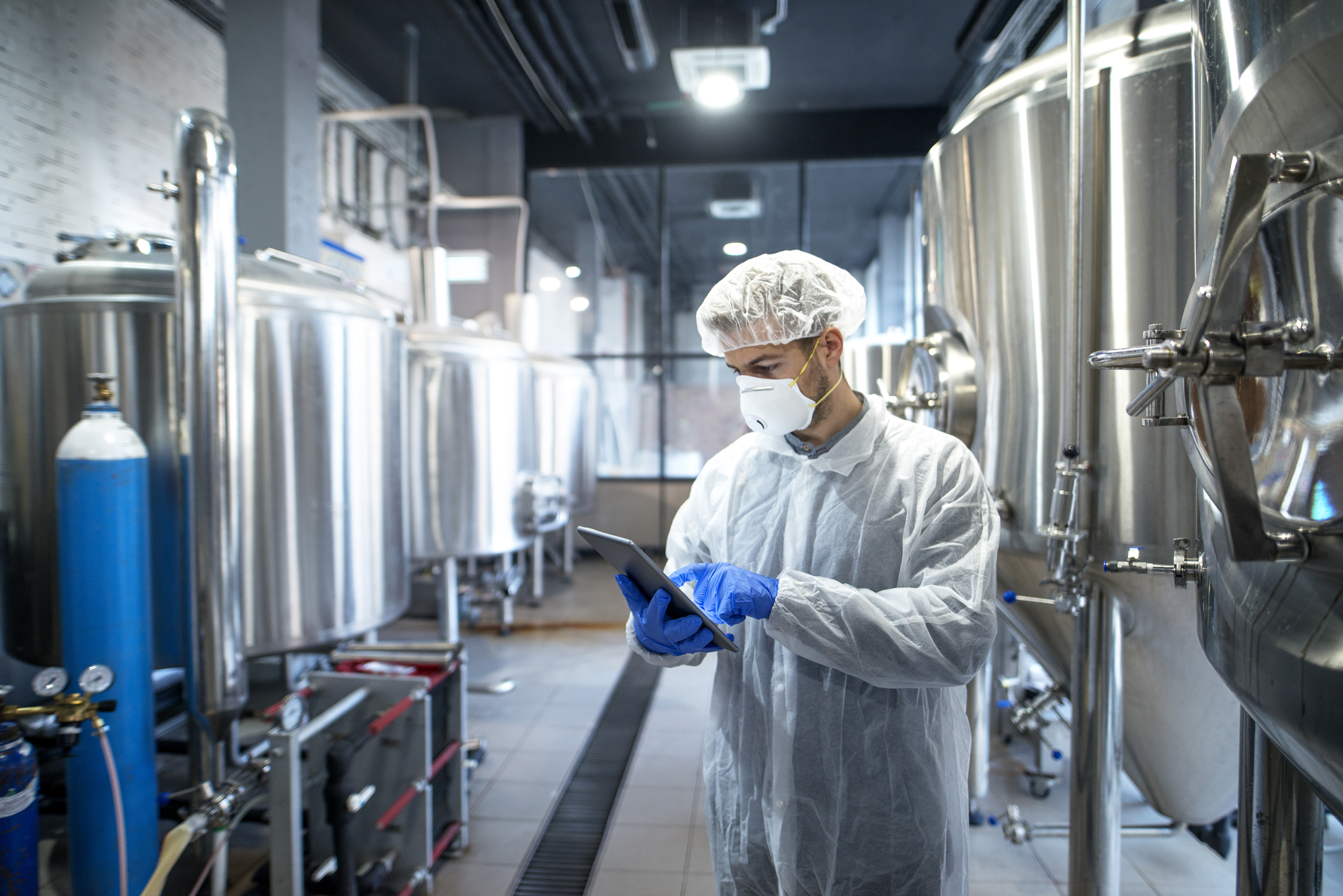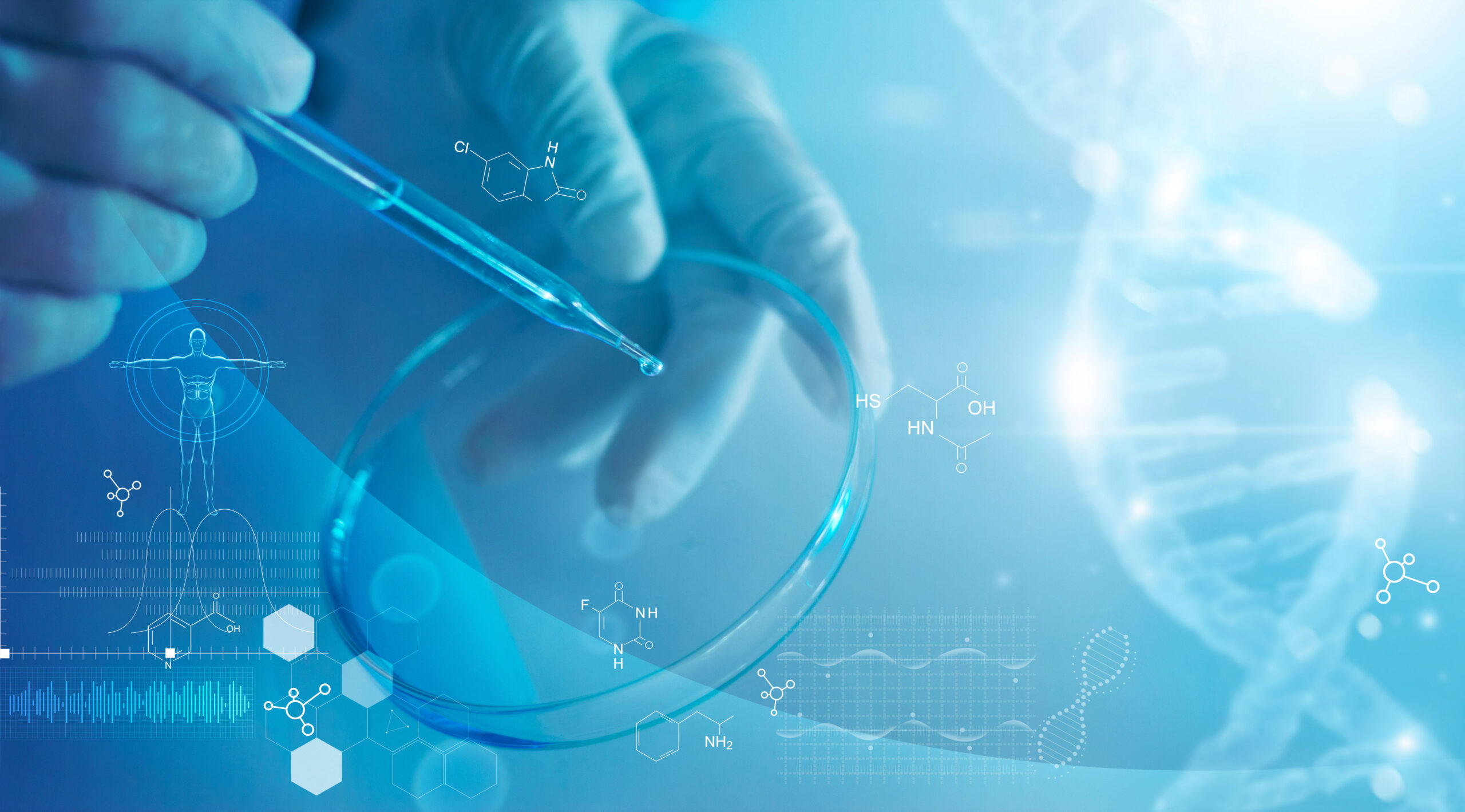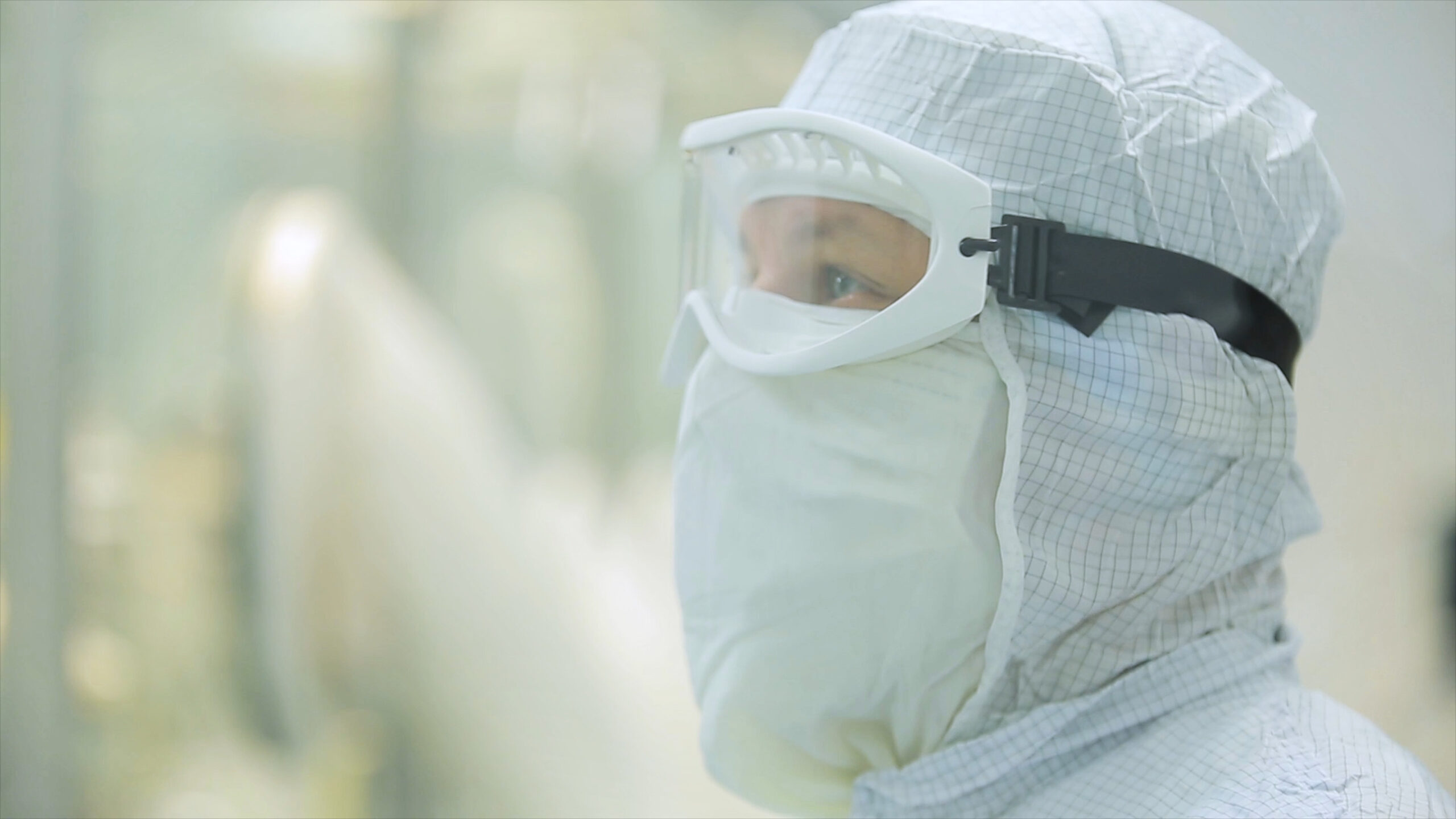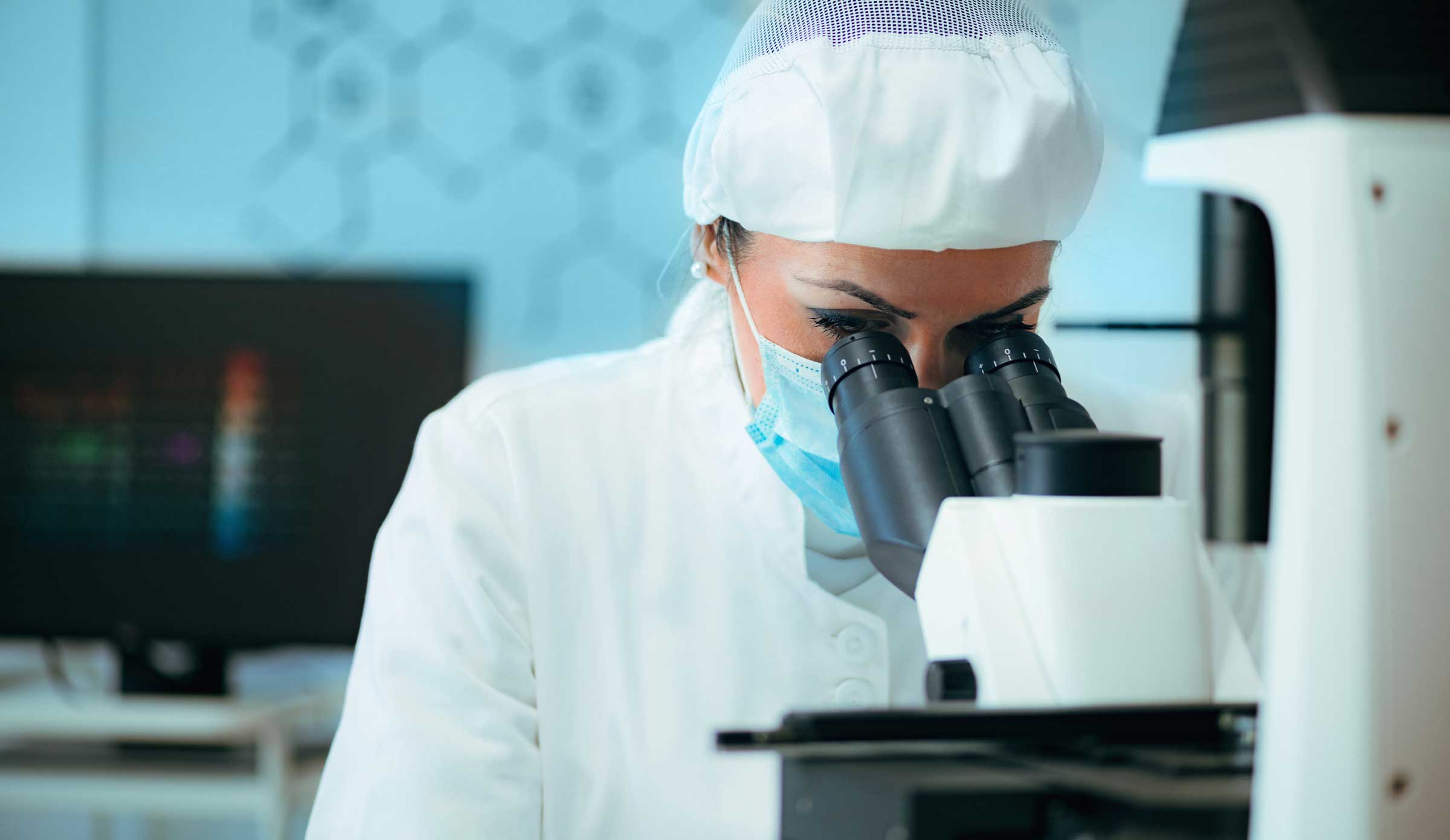Risk Management of Contamination (RMC)
+ Book Online Now
The Risk Management of Contamination (RMC) system is a systematic approach to the management of contamination. The system identifies microbial risks to a product, assesses the extent of the risk and where necessary reduces it. The identified risks, or their methods of control, are monitored and limits established to ensure that contamination is correctly controlled. The system is then verified on a continuing basis to ensure that it is working effectively. Associated documentation and training requirements are also an important stage of this system.
When a knowledge and understanding of the areas of greatest risk associated with the manufacturing process has been achieved, resource and cost can then be focused upon managing these areas, optimising the security and productivity of the process. For the manufacture or processing of sterile pharmaceutical products, the requirements for managing microbial contamination are prescribed in the regulatory documents published by both the European Commission and the US FDA. These documents include microbial concentrations that should not be exceeded, and methods to minimise the contamination of products. To achieve the requirements, risk management techniques are recommended by the regulatory authorities.
Typically, a cleanroom is utilised for such products and is likely to incorporate critical zones or workstations, such as microbiological safety cabinets, isolators or restrictive access barrier systems (RABS) where product may be exposed and the RMC system considers aseptic manufacturing within such a cleanroom. However, the mechanisms of microbial contamination are also applicable to inert particle contamination and the method detailed can also be used to assess the microbial risk in other types of healthcare cleanrooms, such as those used for the manufacture of terminally sterilised and non-sterile products, and medical device products.
Risk Management Systems for Cleanroom Operations
Fault Tree Analysis (FTA), Failure Mode and Effect Analysis (FMEA), Hazard and Operational Studies (HAZOP) and Hazard Analysis and Critical Control Point.
(HACCP) are established systems used to control risks during manufacturing. The first three systems originate from the electrical, mechanical and petrochemical manufacturing industries, but can be used in cleanroom manufacture to manage activities such as safety, reliability and validation. However, the HACCP system was developed for use in the food industry and can be more readily applied to the control of contamination during cleanroom activities as it uses familiar principles and also considers control and monitoring methods. The HACCP system is the basis of the contamination control system used in ISO 14698-19 and offers a systematic way of assessing, controlling, and monitoring risk from contamination. This system has the following seven principles:
- Conduct a hazard analysis
- Determine the critical control points (CCPs)
- Establish critical limit(s)
- Establish a system to monitor control of the CCP
- Establish the corrective action to be taken when monitoring indicates that a particular CCP is not under control
- Establish procedures for verification to confirm that the HACCP system is working effectively
- Establish documentation concerning all procedures and records appropriate to these principles and their application
This system requires interpretation and adaption in order to be more readily applicable to cleanroom operations and this has been done to provide the RMC approach to the management of contamination.
Risk Management of Contamination (RMC) System
The RMC approach to cleanroom contamination control has been adapted from the HACCP method and provides an effective system to manage the risk from the various sources of microbial contamination during cleanroom manufacturing. It consists of the following seven stages;
- Identification of the sources of contamination and routes of transfer to the product.
- Assessment of the risk from the sources and routes of contamination and, where appropriate, introduce new control methods, or improve existing control methods, to reduce risk.
- Establishment of a monitoring schedule using valid sampling methods to monitor the hazards, or their control methods, or both. Establishment of alert and action levels with procedures to be followed, when these levels are exceeded.
- Verification, on a scheduled basis, that the contamination control system is appropriate by reviewing the product contamination rate, the environmental monitoring results, the risk assessment and control methods and the action levels, and where appropriate, modify accordingly.
- Establishment and maintenance of appropriate documentation
- Training of the personnel
- Determine the microbial risk to the patient from the product.
The risk assessment stage is usually the most difficult stage to undertake but is a major component in the overall risk management process, and calculates the level of risk associated with a contamination source that then needs to be controlled. This assessment indicates where effort and resource should be best applied and so it is essential that the assessment is accurate. An assessment based upon the fundamental method of contamination transfer will provide the most accurate method as it utilises the actual contamination process.
This approach is therefore appropriate for aseptic manufacturing processes and is used for the risk assessment stage. The risk to a patient, resulting from a contaminated product, is dependent on the likelihood of a micro-organism being present after manufacture and the chance of growth during the shelf life. This chance can be calculated by a method detailed in the last stage of the RMC method, and may be used to determine the level of control required during the associated manufacturing process.
Contact us
If you would like to discuss upgrading your Membrell II and or service of your storage and distribution system, please feel free to contact Honeyman Water and we will happily discus the options available.
Get in touch
Testimonials
Training prospectus 2025
We have produced an overview of the course information available online, available here in a handy PDF Prospectus.

 Testimonials
Testimonials
